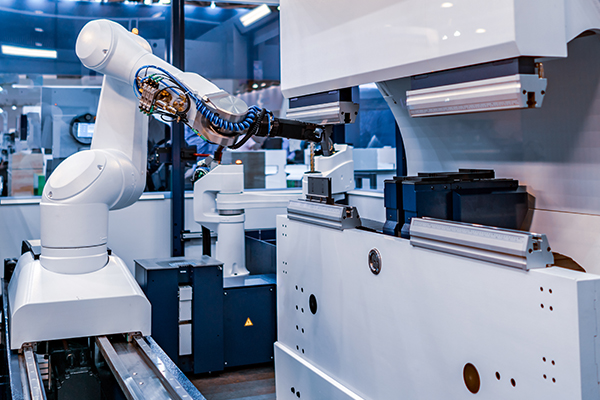The core of a manual control valve is that it is a basic and direct flow control device. Its essential function is to adjust and control the flow state of the fluid medium (such as liquid, gas or slurry) in the pipeline system through the manual intervention of the operator. This adjustment usually relies on the operator to turn the mechanical parts such as the wheel, handle or lever, and then drive the valve core to produce a specific displacement in the valve body - such as rotation or lifting movement - thereby changing the effective cross-sectional area of the fluid channel. By changing this flow area, the operator can purposefully increase, reduce or completely cut off the flow of the medium flowing through the valve to achieve core operating purposes such as opening, throttling or cutting off.
This type of valve realizes process control at the most basic level, and its adjustment accuracy and response speed depend entirely on the operator's judgment and operation behavior. As a basic component widely used in industrial pipelines and control systems, manual control valves play an indispensable role in many occasions that require direct manual intervention and adjustment because of their relatively simple structure, intuitive operation and usually reliable and stable operating characteristics.


